Market failing to match demand for function, form to facilitate fashionable needs for all customers
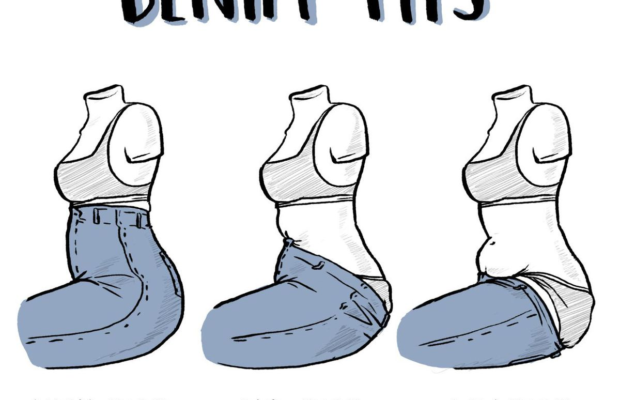
Fashion is a large facet of popular culture. It flows into all mediums of art and is regarded as a prevalent component of daily life. However, for people with disabilities and chronic illness, engaging in the art of fashion itself is more of a challenge than a pleasure.
Mainstream clothing providers are geared toward the “ideal” able body even though nearly one in five people in the United States live with some form of disability, according to the most recent census bureau report.
The trend not only applies to high-end fashion, but also affects many people’s daily lives as well.
According to Belle Owen, a designer for IZ Adaptive in an interview with Vice magazine, “You’ll see people using wheelchairs, or people using crutches or canes walking the runways at fashion week, but the fashion isn’t inclusive. Like, the runway itself might be, but the fashion isn’t adapted in any way.”
Anna McAuliffe is a teenager from Holy Cross Iowa living with Charcot-Marie-Tooth Muscular Dystrophy. She said she struggles to find clothing to fit her needs. “I’m not one for exercise, mainly because physical activities put a strain on my muscles, so I have a ‘heavier’ body set opposed to some of my classmates. It’s hard to find clothes that I like that also come in sizes that fit me. There are very few clothes that I own that I actually want to wear.”
Teenagers are not the only age group severely affected by the lack of inclusion both within the market of merchandise and its advertising. People of all ages are disappointed in not being able to participate fully in the excitement of expression.

Ashleigh Peska, advocate and Resource Specialist for the Muscular Dystrophy Association living with Limb-Girdle Muscular Dystrophy
Ashleigh Peska, an advocate and Resource Specialist for the Muscular Dystrophy Association living with Limb-Girdle Muscular Dystrophy said, “When I was in high school and also when I was in a wedding, the dresses just did not fit me, and so I wore a pantsuit when I much would have preferred to wear one of the pretty dresses that the other girls wore. For the wedding that I was in my alterations were very expensive and the dress still did not fit me properly.
“I would love to be able to wear dresses all of the time, but because of my muscular dystrophy I can not keep my legs closed and dresses are very short. I also had a surgery to make it so that I can self-cath [catheterize] through my bellybutton, and due to this I need to have access to my stomach. This also applies to skirts; skirts are very short. Yes, I could wear leggings, but leggings do not work for every outfit.”
Peska also said that finding clothing that was long enough to cover all anatomy, but short enough so that it will not drag in the tires of her wheelchair is incredibly difficult.
Footwear is also hard to find according to Taylor Grefe, a teenager living with Charcot-Marie-Tooth Muscular Dystrophy type 1E. “Shoes are probably the hardest [to find] because I need wider shoes, [due to the fact] I stand on the sides of my feet,” she said.
Grefe is not alone in her struggle to find functional shoes, many people have extreme difficulty finding shoes that accommodate both functional and medical aspects of life with a disability or chronic illness while still keeping up with popular trends. “When I had to wear leg braces, I [also] had to wear the ugliest and most bulky shoes with them,” Grefe said.
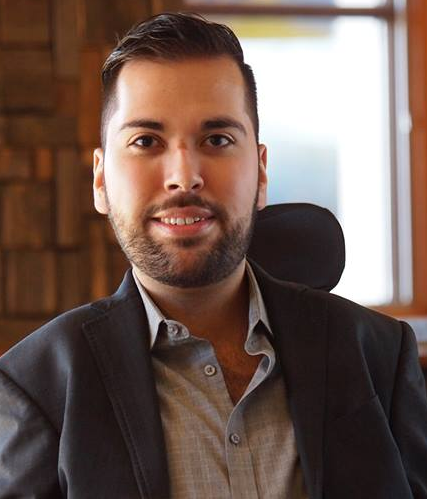
Joe Akmakjian, MDA National Ambassador
McAuliffe has the same struggles with shoes. “For the longest time, I had a really hard time finding sandals that I could just wear ‘running around’ and stuff like that. I couldn’t wear flip flops because I would trip and fall when I wore them,” she said.
Joe Akmakjian, MDA National Ambassador, also faces the footwear challenges. “I love shoes. My feet are too swollen [as a result of being a full time wheelchair user] for most shoes I like,” he said.
Some orthopedic practices can do minimal accommodations on shoes for crooked “hammer” toes or lack of nerve function in the feet, but even those services usually cost much more out of pocket than the average pair of shoes.
Though there are some options to adapt off-of-the-rack clothing for those who are fortunate or financially capable, alterations are one way to keep personal style “on fleek,” as Akmakjian said. “I use a custom tailor to create my dress shirts. That’s what works best. He comes to my house, takes my measurements, let’s me pick the fabric, style, buttons, collar, cuffs etc. It’s great, but it’s costly. Shirts cost $200-$300 each,” Akmakjian said. “For me, someone with SMA [Spinal Muscular Atrophy], my torso is larger than my shoulders, so I buy clothes that are smaller in the shoulders and larger around the stomach. Also, I roll up my sleeves a lot because then they aren’t too long for my arms. Also, it’s makes me look like I have more muscle in my arms. I love shopping, but it is definitely costly to find things that fit.”
Cost is a major issue regarding adapted fashion because the needs of the market are still widely misunderstood or disregarded. Peska said, “I currently do not own any specific adapted clothing items, so I have been fortunate to not have run into these issues [of not being able to afford clothing that facilitates specific needs]. However, when I did look into the clothing, there was no way that I would be able to afford a pair of jeans for over $300. I will stick with my Old Navy, Lane Bryant and Target for now.”
At the moment, there is a lack of adapted fashion that is also affordable on the market for people with different needs, and Peska expressed the importance of change while still holding out hope for inclusive yet stylish options. “I think it would be great for designers to start making adapted apparel that can be sold by mainstream clothing providers. It is always good to see your minority group represented so that way you can feel you relate. I think that there is a movement for this, and I hope it continues.”
Others are a bit skeptical of designers and mainstream brands abilities to accommodate such a diverse array of needs. Akmakjian said, “I don’t know. I think It’d be really hard to try and adapt mainstream brands to fit people of all disabilities. In a perfect world, I’d love that, but I don’t see how it’s possible.”
Regardless, people with either chronic illnesses or disabilities continue to hold out hope for an alteration of both thought process and design of fashion as they await clothing that not only fits physically but is also in accord with personal style — fashions with function and form to facilitate independence.

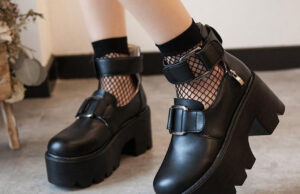
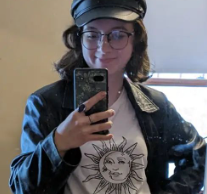
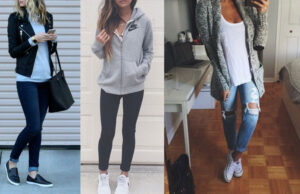





You must be logged in to post a comment Login